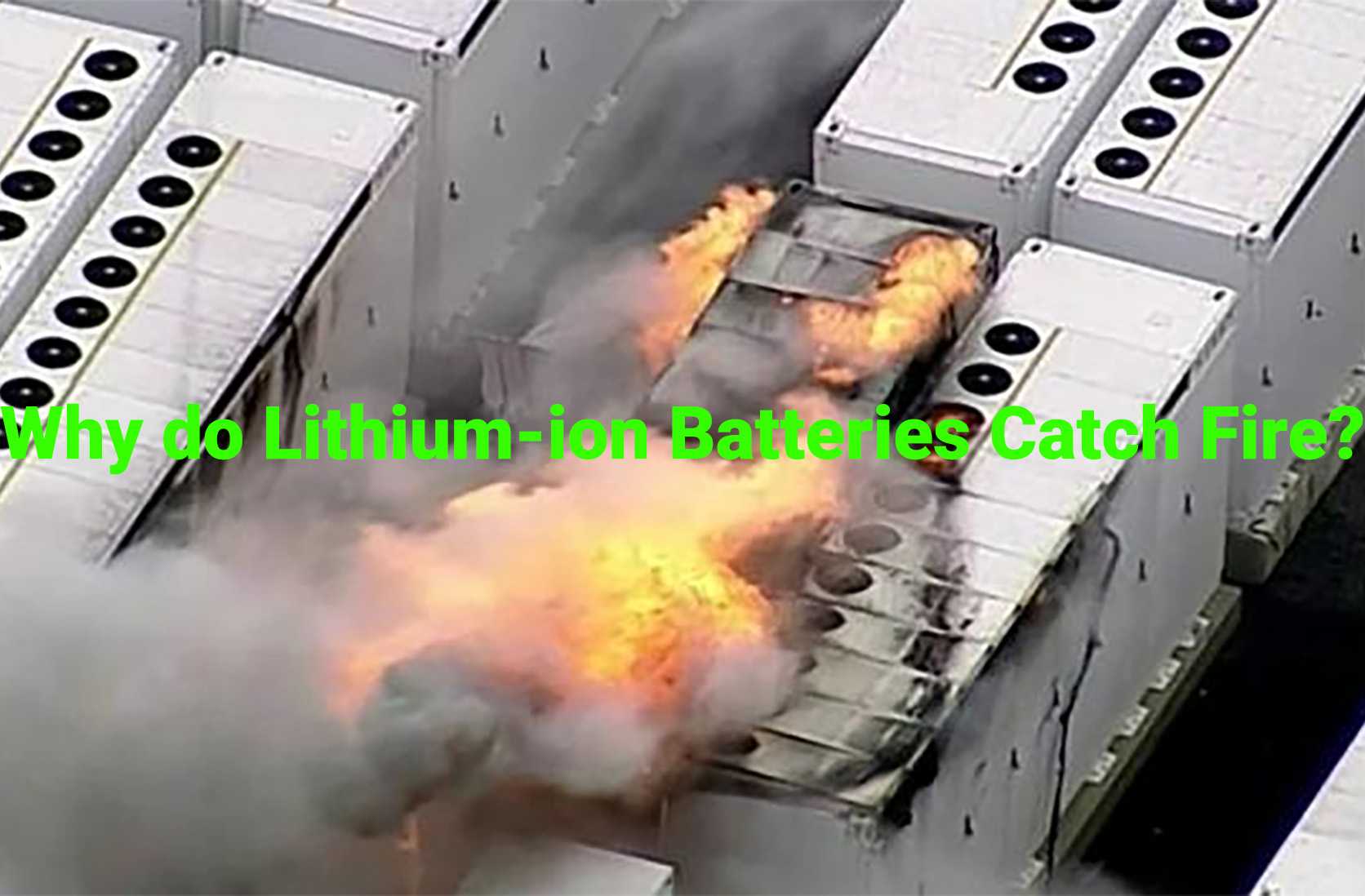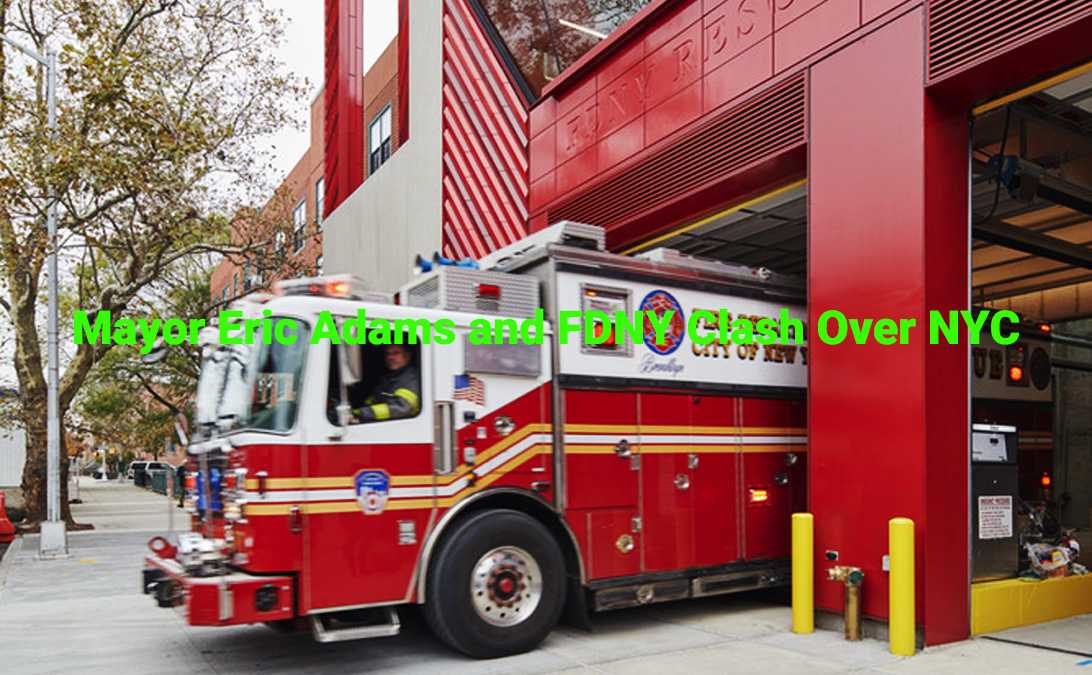Why do Lithium-ion Batteries Catch Fire? How to Avoid?
Why do Lithium-ion Batteries Catch Fire? Lithium-ion batteries pose fire risks due to overcharging, extreme temperatures, and manufacturing defects. To avoid fires, follow manufacturer guidelines, inspect batteries regularly, and consider alternative technologies. Store batteries in cool, dry places and opt for reputable brands. Proper handling and maintenance minimize risks associated with these powerful energy sources.
Why do Lithium-ion Batteries Catch Fire?

Lithium-ion batteries power our devices, but their energy density brings the risk of fires. Let’s explore the common causes and potential dangers of battery fires, emphasizing preventive measures for safer usage.
- Causes of Battery Fires: Lithium-ion battery fires result from factors like overcharging, extreme temperatures, manufacturing defects, or physical damage. These issues can trigger thermal runaway, causing heat, sparks, and, in severe cases, explosions.
- Impact and Dangers: Battery fires release intense heat, toxic gases, and hazardous smoke, posing serious dangers. The emitted chemicals, such as carbon monoxide and hydrogen fluoride, can have harmful effects. Understanding these risks is crucial for safe handling.
- Preventive Measures: To minimize fire risks, adhere to manufacturer guidelines for charging and storage. Avoid exposing batteries to extreme conditions and opt for high-quality products from reputable brands. Regularly inspect batteries for any signs of damage, swelling, or leakage, and promptly replace compromised batteries. Consider exploring alternative technologies to reduce the risk of fires while maintaining efficiency.
A. The Chemistry Behind Battery Fires
Lithium-ion batteries power our devices but carry the risk of catching fire due to their chemical composition. Let’s explore the key chemistry behind these fires to understand how to handle and store these batteries safely.
- Battery Components: Lithium-ion batteries consist of two electrodes – a cathode and an anode – separated by the electrolyte, typically a flammable organic solvent. This composition facilitates the flow of ions during normal operation.
- Thermal Runaway Causes: Thermal runaway, a critical factor leading to fires, can result from overcharging, external overheating, internal short circuits, or physical damage to the battery casing. These events trigger exothermic reactions within the battery, creating a dangerous feedback loop.
- Ignition Process: The rapid heat buildup during thermal runaway initiates further chemical reactions, raising the internal temperature to critical levels. This process culminates in ignition, emphasizing the importance of proper handling and storage to mitigate potential risks associated with lithium-ion batteries.
B. Common Causes of Battery Fires
Lithium-ion batteries pose a fire risk due to various causes. Let’s explore common factors that can lead to battery fires and understand how to minimize these risks for safe usage.
- Overcharging and High Voltage: Overcharging or charging at high voltage levels can cause lithium-ion batteries to overheat, increasing the likelihood of a fire. Following recommended charging practices is essential to prevent this risk.
- Physical Damage: Physical damage, such as dropping or puncturing the battery, compromises its casing and elevates the risk of thermal runaway. Users should handle batteries with care to avoid structural damage.
- Extreme Temperatures: Exposure to extreme temperatures, whether hot or cold, triggers chemical reactions within the battery that generate heat and may lead to combustion. Storing batteries in moderate temperature conditions is crucial to mitigate this risk.
- Incompatible Chargers and Cables: Using chargers or cables that don’t match the battery’s voltage requirements can be hazardous. It’s vital to use recommended chargers to prevent overheating or short-circuiting during the charging process.
- Manufacturing Defects: Manufacturing defects, such as internal component issues or poor assembly techniques, can contribute to battery fires. Choosing high-quality batteries from reputable manufacturers helps minimize the risk of defects.
By being mindful of these common causes and adopting safe practices, users can significantly reduce the chances of encountering a lithium-ion battery fire incident.
Impact and Dangers of Battery Fires
Battery fires present serious dangers with far-reaching impacts on people, property, and the economy. Let’s explore the profound consequences of lithium-ion battery fires and understand the imperative need for preventive measures.
- Explosive Threat and Property Damage: Lithium-ion battery fires can reach extreme temperatures, leading to explosions that cause substantial property damage. This risk extends to various settings, including homes, vehicles, and aircraft, emphasizing the urgency of effective preventive measures.
- Toxic Gas Emission and Health Risks: These fires release toxic gases like carbon monoxide and hydrogen fluoride, posing severe health risks when inhaled. Exposure to such fumes can result in respiratory issues and other health complications, underscoring the critical importance of avoiding these hazardous incidents.
- Economic Consequences: The economic impact of battery fires is considerable, involving significant property damage that requires costly repairs or replacements. Businesses may face operational disruptions due to safety concerns or regulatory investigations, emphasizing the need for robust preventive strategies.
Recognizing the gravity of battery fire risks and implementing safety measures, such as proper storage practices and routine battery maintenance, is crucial. Staying informed about safe battery handling practices and exploring alternative energy sources with lower risk profiles further enhances our ability to protect against potential harm caused by battery fires.
Steps to Avoid Battery Fires
Preventing battery fires is paramount for safety. Here are essential steps to ensure the proper handling and storage of batteries, reducing the risk of lithium-ion battery fires.
- Adherence to Manufacturer Guidelines: Follow the manufacturer’s instructions for charging, usage, and storage of batteries. Avoid leaving batteries unattended during charging, especially overnight, and use the correct charger designed for your specific battery type.
- Regular Maintenance and Inspection: Conduct routine checks for signs of damage, such as swelling, leaks, or unusual odors emanating from the battery. Immediate discontinuation of use and proper disposal are imperative if any abnormalities are detected.
- Secure Transportation and Quality Assurance: Safely store batteries during transportation to prevent physical damage that could lead to fire hazards. Opt for high-quality batteries from reputable brands, adhering to safety regulations, and purchase from trusted retailers to ensure product authenticity.
Following these steps diligently significantly reduces the likelihood of lithium-ion battery fires, ensuring safety and minimizing potential dangers.
A. Proper Handling and Storage of Batteries
Ensuring the safe use of lithium-ion batteries is crucial to prevent fire hazards. Whether in smartphones or electric vehicles, mishandling or improper storage can pose serious safety risks. Here’s a concise guide to proper handling and storage of lithium-ion batteries.
- Handle with Care: Treat lithium-ion batteries delicately to avoid physical damage, preventing internal short circuits and potential fires. Shield battery terminals from metal objects, like keys, to mitigate the risk of accidental contact.
- Storage Guidelines: Store batteries in a cool, dry place, shielding them from direct sunlight and heat sources. Extreme temperatures increase the risk of thermal runaway, causing rapid overheating and potential fire or explosion.
- Insulation and Discharge: Prevent accidental contact by insulating loose batteries—cover terminals with tape or use individual plastic bags. If storing a lithium-ion battery long-term, partially discharge it to maintain health and reduce the risk of chemical reactions leading to fire incidents.
By adhering to these simple guidelines, you can significantly minimize the risk of fires associated with these powerful energy sources. Stay safe!
B. Choosing High-Quality Batteries
Selecting high-quality lithium-ion batteries is crucial for safety and performance. Here’s a concise guide on key factors to consider when choosing the right battery.
- Reputable Manufacturers: Always buy from well-known brands or trusted suppliers with a proven track record of reliable products. Prioritize safety and performance over the temptation of cheaper alternatives.
- Certifications and Standards: Check for certifications like UL (Underwriters Laboratories) or compliance with industry standards like IEC (International Electrotechnical Commission). These certifications ensure that the battery meets essential safety regulations.
- Specifications and Reviews: Pay attention to manufacturer specifications, ensuring the battery’s voltage and capacity match your device’s requirements. Read customer reviews to gain insights into real-world experiences with reliability, durability, and overall satisfaction.
Remember, prioritizing safety over cost is paramount. Considering these factors ensures not only optimal device performance but also minimizes the risk of fire incidents associated with lithium-ion batteries.
C. Regular Maintenance and Inspection
Regular maintenance and inspections are essential for safe lithium-ion battery operation and fire prevention. Taking proactive steps can detect potential issues early, minimizing the risk of a battery fire.
- Physical Inspection: Regularly check the battery casing for cracks, dents, or bulges, which may indicate internal damage leading to thermal runaway. Address any signs of wear promptly to ensure safe battery function.
- Temperature Monitoring: Monitor battery temperature during charging and discharging. Overheating signals underlying problems. Use thermal imaging tools to identify hotspots, enabling timely intervention and preventing potential fire hazards.
- Cleanliness and Connections: Keep batteries clean from dirt or debris to maintain proper ventilation and prevent overheating. Regularly inspect and secure connections between battery terminals and electronic devices, as loose or corroded connections can generate heat and pose a fire risk.
- Storage Conditions: Ensure proper storage conditions—cool environments away from direct sunlight, extreme temperatures, flammable materials, and moisture. Following these practices enhances safety, reduces fire risks, and extends battery lifespan.
Alternatives to Lithium-ion Batteries
Looking beyond lithium-ion batteries, various alternatives are emerging with enhanced safety and performance features. Let’s explore some promising options that could shape the future of energy storage.
- Nickel-metal Hydride (NiMH) Batteries: Commonly used in hybrid cars, power tools, and cameras, NiMH batteries offer a higher energy density compared to older nickel-cadmium models. They are considered safe and find applications in various devices.
- Solid-state Batteries: Solid-state technology stands out as a promising alternative, using solid electrolytes to eliminate risks associated with traditional lithium-ion cells, such as leakage and thermal runaway. This innovation enhances safety and efficiency.
- Sodium-ion Batteries: Utilizing sodium as the charge carrier, sodium-ion batteries, though currently with lower energy densities, show potential. Ongoing research aims to improve their performance, making them a viable alternative in the future.
- Zinc-air Batteries: Lightweight and boasting high energy densities comparable to lithium-ion cells, zinc-air batteries use oxygen from the air as an electrode reactant. They find applications in electric vehicles and renewable energy storage systems.
- Supercapacitors: Unlike traditional batteries, supercapacitors store energy in an electrostatic field. While not offering prolonged power, they excel in delivering quick bursts of high power. Their unique capabilities make them suitable for specific applications.
As technology evolves, ongoing research continues to explore advanced materials and designs, paving the way for safer and more efficient battery technologies that can complement or replace traditional lithium-ion cells.










